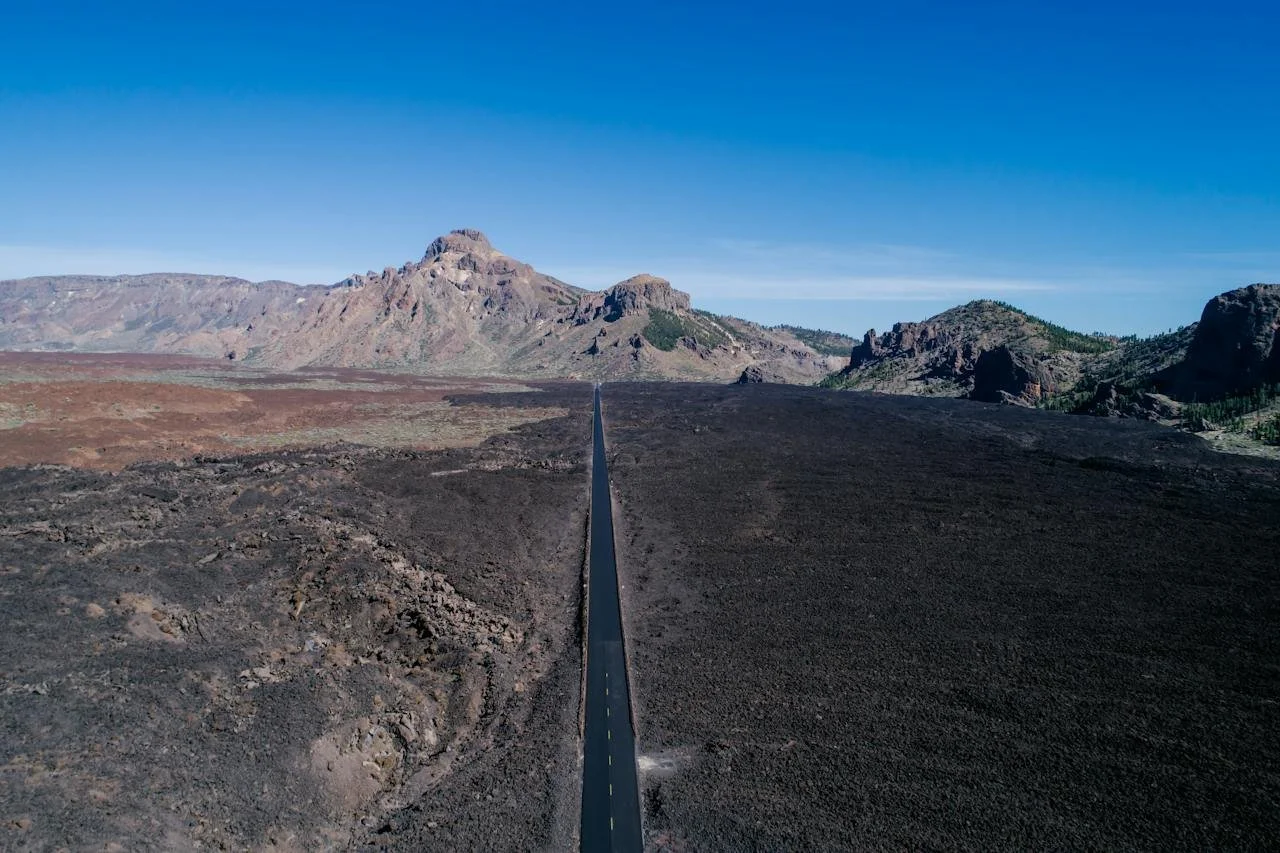Benefits of Synthetic Lawns in Arid Environments
Synthetic lawns don't need water to stay alive.
Natural grass takes a lot of effort to maintain, and nowhere is this more obvious than in arid climates. However, even in those climates, many HOA rules stipulate that residents must keep a manicured lawn, often with specific requirements about how much of the lawn should be covered.
Here are some reasons why synthetic lawns are a viable alternative to natural grass:
Saves water
Synthetic lawns don't need water to stay alive. While they may need occasional rinsing to remove dirt, they still require significantly less water, which is invaluable in arid climates. Often, water is scarce in such regions during some parts of the year, and there may even be water restrictions.
Easy to maintain
With artificial turf, there's no need for mowing, fertilizing, or reseeding. It's also resistant to pests and weeds, requiring fewer chemicals for maintenance. This reduces effort and costs and protects water supplies from toxic chemicals and contaminated water.
Lasts longer
Synthetic grass is tremendously durable and can withstand extreme weather without withering as natural grass would. Arid climates often experience harsher weather conditions, especially heat spells, which are unkind to natural grass. However, synthetic grass can last between 15 and 20 years with proper care and relatively low foot traffic.
Aesthetics
The heat and excessive sunshine of arid climates can make natural grass look weathered and unhealthy, especially if it hasn't been watered recently. In contrast, artificial grass stays consistently green and looks well-manicured year-round. It can also have various textures and shades that mimic different types of natural grass.
Environmental impact
Synthetic grass can be easier on the environment, especially in arid climates. There's no need to use fertilizers or pesticides. As a result, fewer chemicals will enter the waterways. Some synthetic turf consists of recycled materials, such as old tires, which makes it greener overall.
Cost-effectiveness
Installing artificial grass may be costly at first. However, it can save money long-term by conserving water and being easy to maintain. Water prices may be higher in arid areas, which makes this difference even more significant. Plus, artificial grass reduces the need for gardening equipment and supplies.
Usability
Synthetic lawns aren't any less usable than natural grass. It creates a safe and even surface for sports, children's playgrounds, and pet play areas. Droughts, common in arid areas, don't affect synthetic grass. As such, it remains usable throughout the year, no matter what the weather throws at it.
Consult professional turf installers
If homeowners live in an arid area and synthetic turf seems appealing, contact a local professional turf installer. They will offer advice on the best type of turf, install it properly, and provide the best pointers on how to maintain it year-round.
Turfscapes of Arizona is a Phoenix-based family-owned business specializing in the installation of artificial lawns, hardscaping, and rock spreading. Find out how artificial turf can improve your home or business landscaping. Call 602-884-8760 today!

